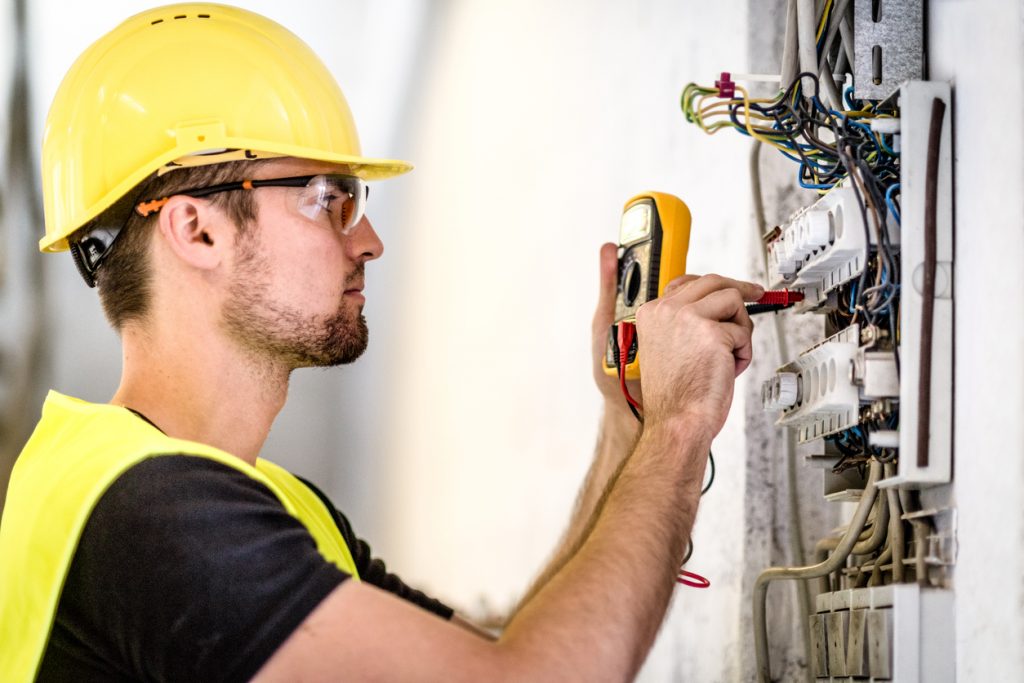
How to Maintain your Electrical Equipment Safe
The safety of electronic and electrical equipment and installations is of paramount importance in our everyday lives. With increasing dependence on electricity and technology, ensuring the protection of these assets has become a priority. In this text, we will explore best practices for keeping your electronic equipment and electrical installations safe.
Electronic Equipment:
Surge protection: Use surge protection devices, such as stabilizers and surge protectors, to prevent damage to your equipment in the event of power surges. This is especially important in areas with unstable power supply.
Proper handling: Treat your electronic equipment with care. Avoid falls, shocks and liquid spills, which can cause irreparable damage.
Adequate ventilation: Make sure electronic equipment has adequate ventilation to prevent overheating. Do not place them in confined spaces or obstruct air vents.
Regular cleaning: Keep your electronic devices clean. Dust and dirt can affect performance and lifespan. Use specific cleaning products and follow the manufacturer's instructions. To keep your equipment safe from dust, dirt and water also use waterproof wire connectors, this way you won't have to worry about damaged wires.
Physical protection: Use padlocks or security devices to prevent theft of portable devices, such as laptops and smartphones. Also, be careful in public places to avoid theft.
Electrical Installations:
Professional installation: Ensure that all electrical installations are carried out by qualified professionals and comply with local safety regulations. This includes wiring, installing proper circuit breakers and grounding.
Regular maintenance: Carry out periodic inspections of your electrical installation to identify problems, such as frayed wires or overloads. Make repairs immediately.
Circuit breakers and fuses: Use appropriate circuit breakers and fuses to prevent overloads and short circuits. Make sure they are sized correctly for the devices and circuits they protect.
Grounding: Check whether the electrical installation has an adequate grounding system. Grounding helps prevent electrical shock and fires.
Cables and wires: Use quality, certified cables and wires. Avoid overloading outlets and do not use extension cords as a permanent solution.
Fire protection: Install smoke detectors and fire extinguishers in strategic locations to prevent electrical fires.
Signage: Label circuit breakers to facilitate circuit identification in case an emergency shutdown is necessary.
Protection for children: Use safety covers on sockets and teach children the importance of not tampering with electrical installations.
Insulation: Keep conductive objects, such as fabrics and paper, away from hot electrical equipment such as radiators and heaters.
Turning off equipment: Turn off electronic equipment and appliances when not in use to avoid unnecessary energy consumption and minimize the risk of short circuits.
In short, the safety of electronic and electrical equipment and installations is essential care to ensure our safety and the preservation of our assets. Simple practices like keeping devices clean, protecting against overvoltage, and following electrical safety guidelines, can prevent accidents and ensure that our equipment works efficiently and safely, you should also choose waterproof connectors, they are the best option to keep your electric equipment safe. Education and awareness play a key role in preventing incidents. Therefore, it is important that everyone in your home or workplace is aware of electrical and electronic safety best practices.
